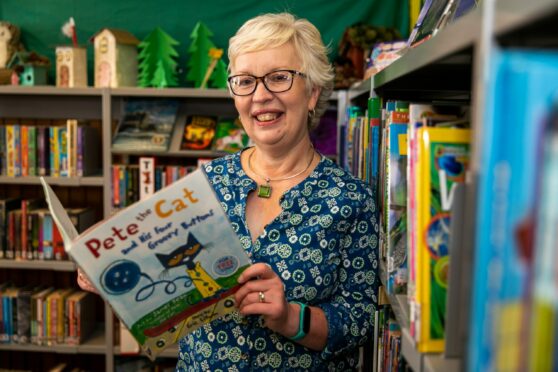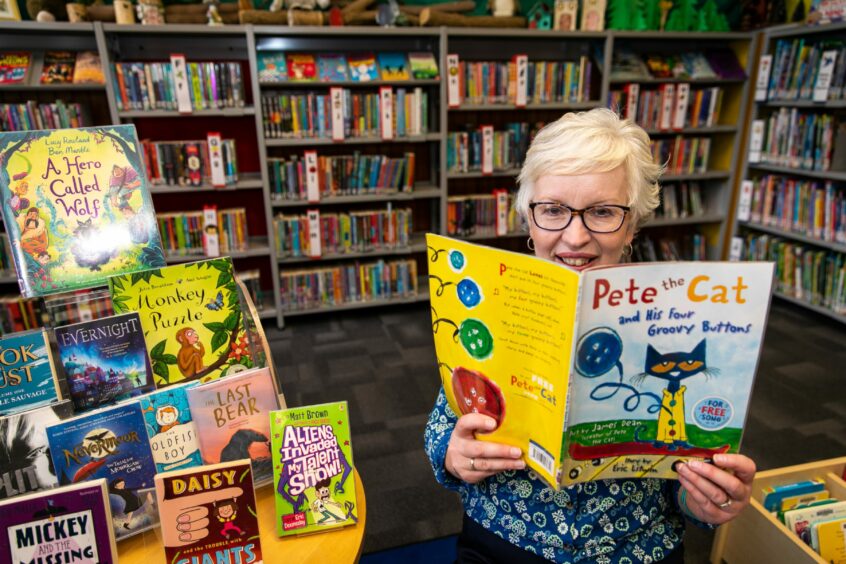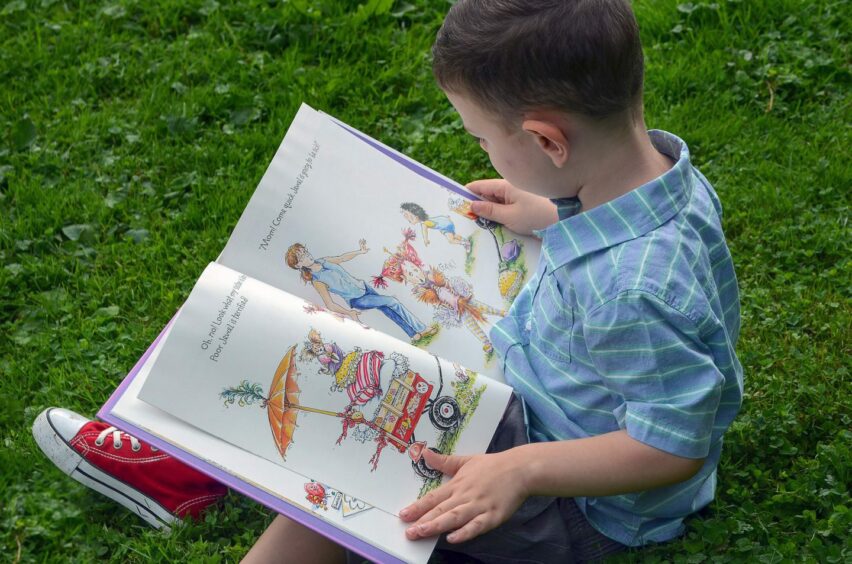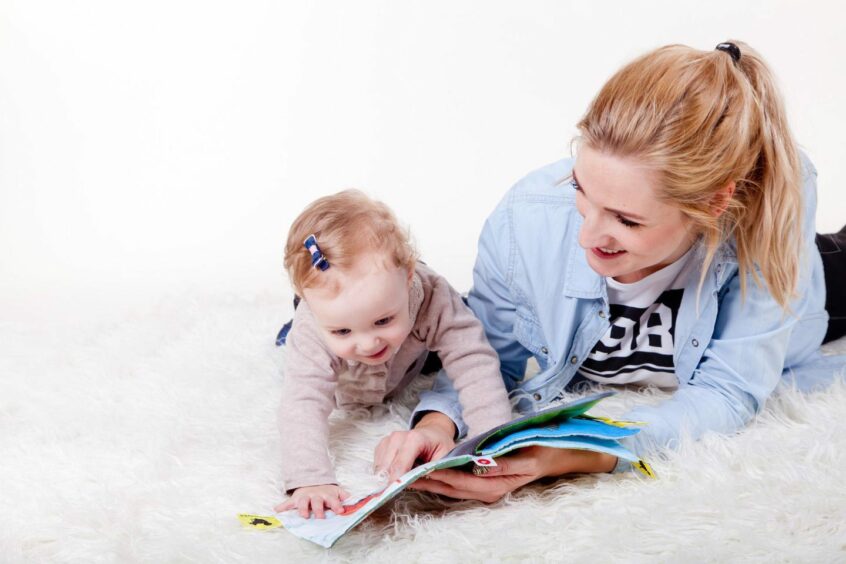Reading can help children escape to another world on an adventure as well as encouraging play and helping kids to bond with adults.
In this digital age, when we all spend so much time looking at screens, we shouldn’t let children and young people miss out on the fun that books can bring into their lives.
On International Literacy Day we hear from Fife libraries development supervisor for young people, Pauline Smeaton, who offers her 11 top tips on how parents can encourage their kids to read books and why she thinks reading is still very important.
11 top tips for parents to help your child read
- Read to children of all ages, even bumps, and even when they can read themselves.
- Discuss the pictures in a picture book as much as the story.
- Books are playful to children so make them fun with lots of different voices to bring the book and the characters to life.
- Let children select their book to read, and read it again and again and again if they ask for it.
- Share the reading experience, read together and discuss the story.
- Encourage discussion about the story by asking your child’s opinion on what they think the story is about.
- Make the story exciting, show that you are having the best time ever reading this book.
- Read, read, read! Create a reading corner in your home, let your children see you relaxing and reading! Magazines, newspapers, the cereal packet – it can be anything. Making time to read is also beneficial for adults too.
- Create a reading habit. Bedtimes are good but so are bath times or buggy times.
- Find a Bookbug session near you and go along together to socialise and have fun for your little ones.
- For bigger kids, encourage them to be that independent reader by using your public and school libraries, and Apps such as Bookzilla. Never underestimate the power of popular trends, TV/film tie-ins or a series of books for this age group – they love the next big thing!
Why reading with children is so important for literacy
We asked Pauline why she believes reading is still important for children and teenagers.
Her role is to promote libraries and reading for babies through to teenagers, and working with schools and running Bookbug sessions for babies, toddlers and pre-school children.
She said: “Reading is not only important for language development it is also important for mental health and wellbeing.
“Reading a book is a switch-off from what is happening in the real world. You can lose yourself in a book and be taken on new adventures.
“It also exposes children to new and different words and lets them see how they are used.
“A child that knows four rhymes by the time they are four is a better reader at age eight.”
She believes parents and carers reading a book to their child also encourages play and bonding.
“A parent reading to their child helps to develop a strong bond.
“It’s also important that parents continue reading to their child even when they can read themselves.
“It is quality time they spend with their child with no other distractions.”
Can TikTok help your child to read?
“Reading also offers a tool to help children and teenagers understand the world around them.
“They can learn about different cultures and situations which young people are facing in their own lives so it helps them to better understand what is happening to them and it let’s them know they are not alone.”
She added: “There is a big reading culture in teens coming through TikTok.
“I have seen there are book recommendations on TikTok – so there is a teenage market for books.
“It is harder to keep teens reading for various reasons.
“They have less time because they really get into their studies and they are socialising and seeing their friends, but I still think reading books is a great way for them to escape social media and every day life.”














Conversation